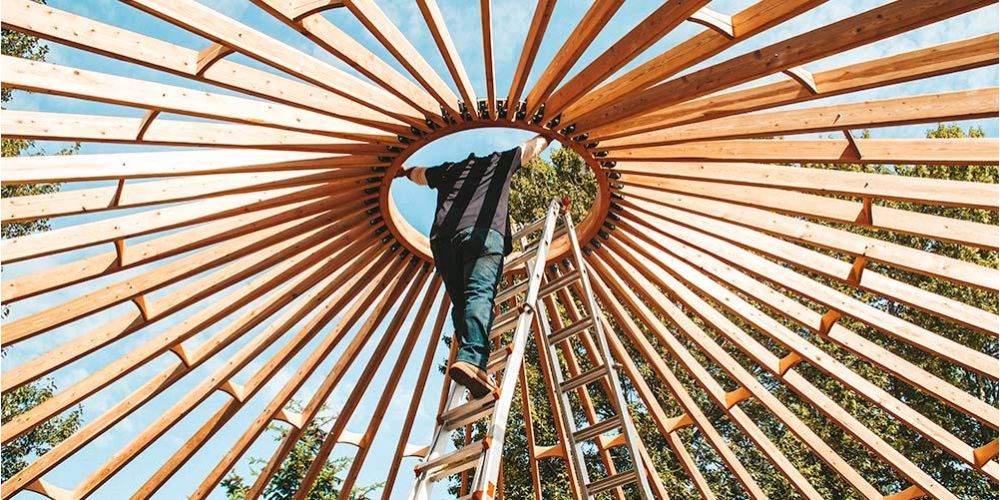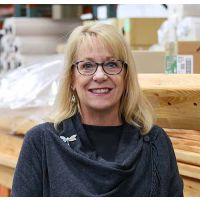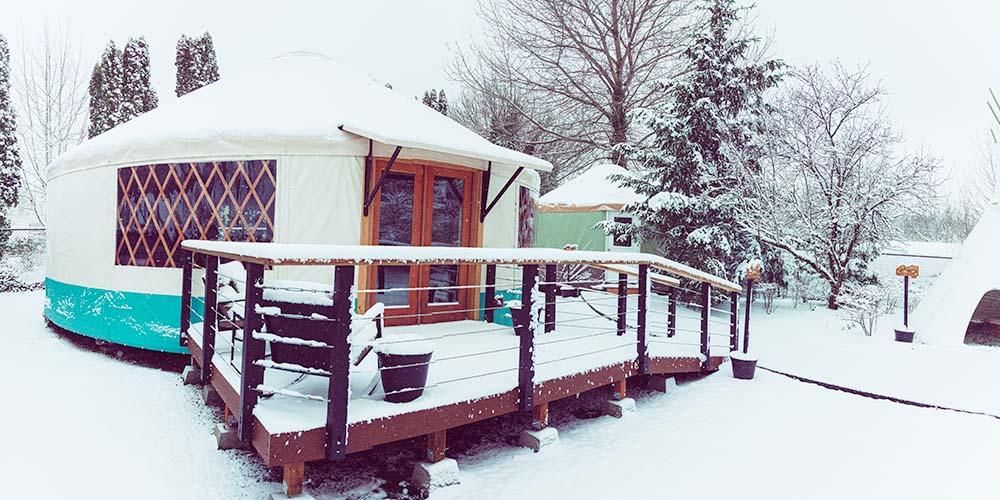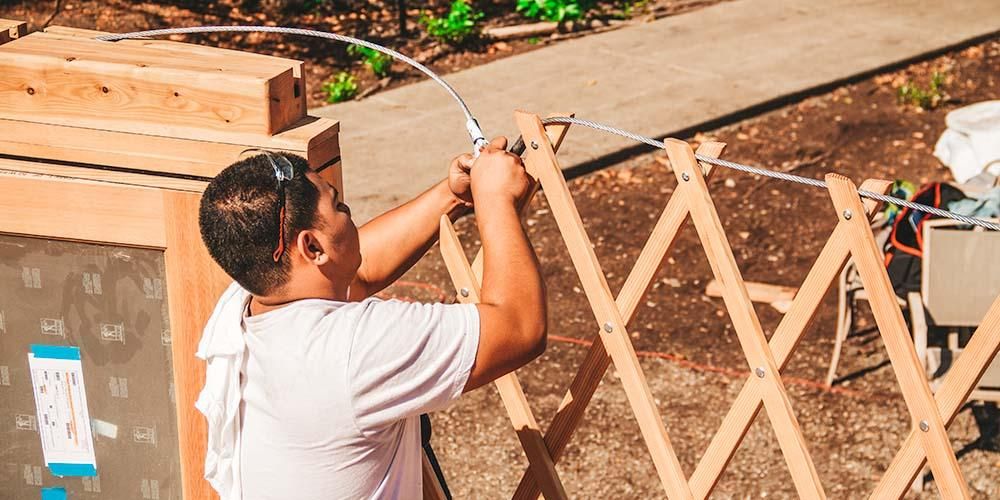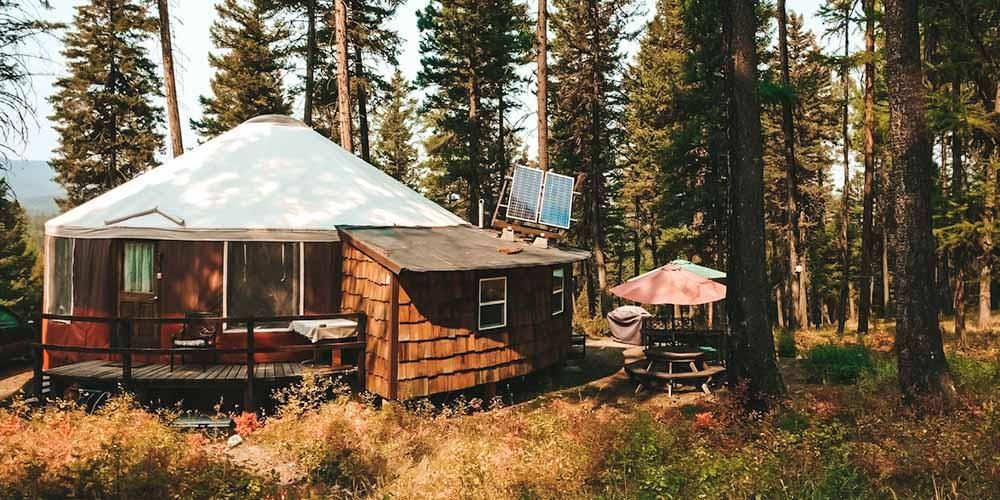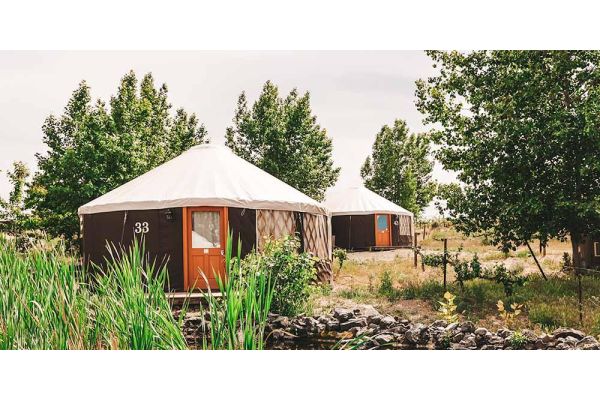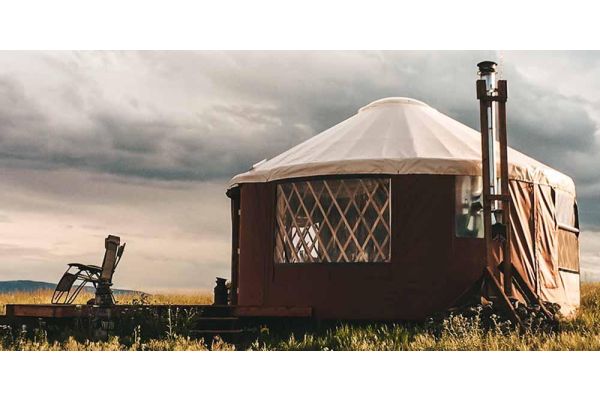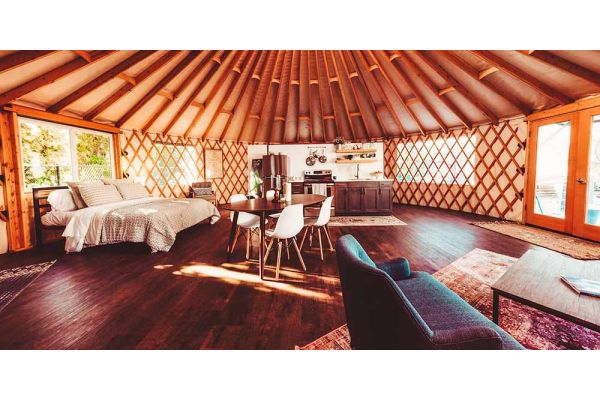Whether you're vacationing or planning to live in a yurt full-time, you want to know that you are safe and secure. Here is a little reassurance. Yurts have codes, regulations, and standards they have to pass before you can live in them. In addition to this standardization, there are several other yurt components to consider when we talk about yurt safety.
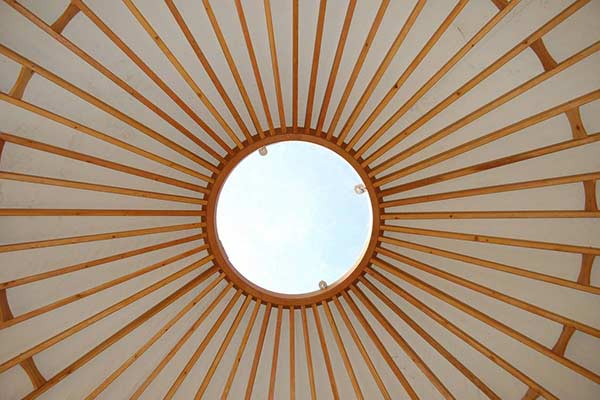

How Yurts Withstand High Winds: Structural Design
Let's start from the top, the dome to be exact. Rainier builds a quality yurt dome with an exclusive ring-rafter locking system for superior safety. Every Rainier Yurt is engineered and hand-crafted with the safest, highest quality materials and proprietary innovations in yurt technology today. This ensures that your yurt is built tough, with safety as a priority. Just like you, we believe that our Yurts should be able to withstand the harshest of environments. So we manufacture and test, gain knowledge and glue it into the frame, the fabric cables, and rafters. Our deep understanding of fabric structures, structural integrity, engineered loads, and strong project management give you the reassurance you are buying the best.
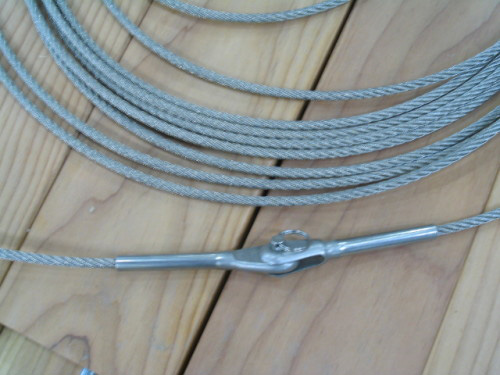

The Perimeter Tension Cable Makes the Yurt Safe
What is the perimeter tension cable? It secures the structural integrity of our yurts by connecting the rafters to the wall lattice while maintaining the outer pressure of the roof and rafters. Rainier cables are 1/4 inch, stainless steel, certified, pre-stretched, load-tested, and engineered to withstand 8,000 pounds cables. In other words, Rainier Outdoor stands by its yurt tension cable. Rest assured your yurt walls will not stretch outward over time.
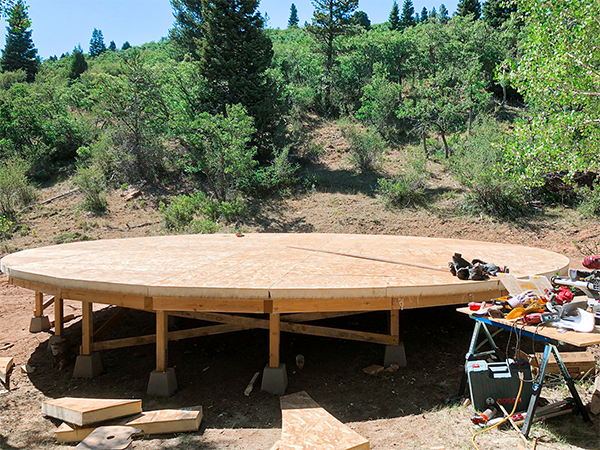

Yurts are Safe, The Foundation
You should always build with a plan, and plan before you build. Let's talk yurt platforms. Don't skimp, to build the most secure platform you need to keep your structure within tolerance. Rainier engineers suggest using Rainier outdoor engineered platform plans. They are free and easy to understand, hit us up on chat.


Floor insulation
There is nothing like being too cold or too hot in your house. I say insulate your yurt floors and keep your home comfortable year-round! Add insulation to your platform barrier with Structural Insulation Platform panels. If you plan to live in a consistently damp climate SIPs act as a thick barrier from moisture under your yurt. Paint both sides for more water protection. In areas with intense cold winds, SIPs protect you from wind flowing up through the floorboards. In hot desert landscapes not only does a SIPs deck contain your cool air-conditioned environment but it stops dirt, sand, and dust from invading the small cracks between the floorboards. The SIPs are an incredible addition to your platform barrier while saving you money on heating and cooling. To add to the stability of your platform some people use Sonotubes and others use pier blocks. It is important that you follow our guidelines and that the finished diameter is within a few inches of tolerance to our specs.
Roof Fabric
Roof fabric seams, bonded with Radio frequency welding? What is this?! Being in the same business for over 130 years teaches what works and what doesn't! Rainier engineers realized a while back that Radio Frequency Welding was much stronger and more efficient than traditional Vinyl stitching. Sewed Vinyl seams over time stretch, gap, and tear resulting in Laketown Waterville. Electromagnetic bonding with Radio frequency welding fuses the Vinyl together without making the weld hard and brittle. It follows that a flexible consist weld moves and flexes with wind and temperature to create an impenetrable bond. We use 2, 1 inch, overlapping edges of vinyl and fused both together to create one large piece of vinyl without any stitching. This strong construction will provide years of protection and safety from harsh elements.
Yurts and Weather: Wind and Snow Load Resistance
Features like our ring-rafter brackets ensure the strongest most efficient outdoor living structure we have ever devised. We customize every yurt based on the environment, elevation, wind, and snow load. All of our yurts are engineered for a ground snow load calculation. Recently we custom engineered a 33' yurt (855 sq. ft.) to withstand a 169 pound per square foot snow load!
How Safe are Yurts, Wind
All of the yurts in our Rainier Yurt family are designed to withstand between 95 m.p.h. and 105 m.p.h. wind resistance. This statistic is based on the standard 3-second gust calculation used by engineers and architects. Rainier Outdoor ensures your safety with a proprietary innovation called Eagle Blocks. They add stability and prevent the rafters from moving or sliding. Feel free to chat with us about the blocks, we are proud of this innovation.
Fallen Trees
While there isn't much you can do about the forces of nature, rest assured that we have built safety components to anticipate most of them. For example, our rafters are solid Douglas Fir construction. Architects and Engineers trust Doug Fir as their first choice of wood when specifying structural lumber. Equally important is that every individual Doug Fir rafter is machine bend tested to have a 2,400 rating. This translates to a 40% stronger than the standard MSR bending allowance. Rainier uses kiln-dried wood, seasoned in a heated chamber to pre-determined moisture content. This process prevents the wood from stretching and shrinkage.
Douglas fir has the highest resistance to an applied load of all the North American woods. It is documented to have superior performance against strong winds, storms, and earthquakes. Rainier uses Northern grown wood, which has a slower growing season. This results in a tighter grain and a higher density of the product. In addition, the northwest region of the U.S. is governed by environmental laws for the protection of habitat, watersheds, soils, and biological diversity.
Chemicals, Wood Stains and VOCS
Rainier Outdoor uses vinyl and insulation that is water, mildew, and ultraviolet resistant as well as flame retardant. Not only that but there are no chemical smells or outgassing. Oh yeah, our yurts are safe! Our fabrication facility is nearly VOC-free. We use no harsh chemicals to produce our yurts and the wood finishes we use are naturally derived from Brazilian Rosewood Oil, with a VOC of less than 1 gram/liter.
Critters and Varmints
The Eagle Yurt has no outer wrap, instead, it has wall panels that come in simple-to-remove 92" wide sections. Damaged sections can be removed easily and replaced for as little as $320 USD. On the contrary, damage to a regular yurt wall wrap could easily result in the replacement of an entire outer wall wrap costing $3000 to $4000 dollars and hours to repair. With the Rainier Outdoor panel system, it is a one-person job. Just hang and connect the Velcro strips on both sides. For patching small tears or varmint chews just use an inexpensive patch kit.
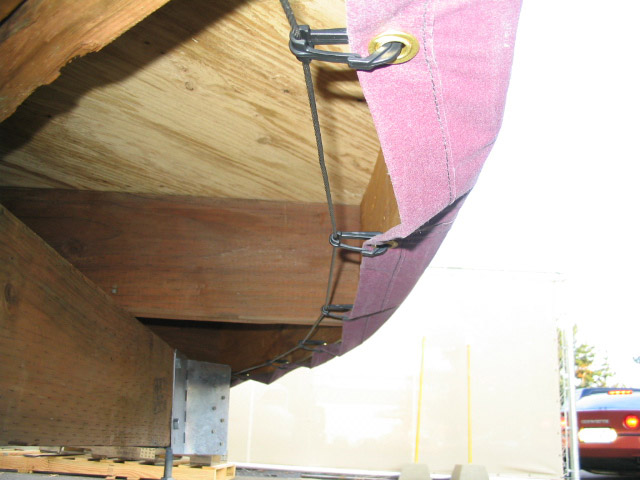

Protection From the Elements
Our exclusive designed pursing cable cinches the bottom of the yurt wall under the platform to seal out weather and insects. In addition, we add an overlapping roof valance. Now, add the insulation sections, pursing cable, and overlapping valence and you have a trifecta of protection from the elements. Over 130 years of business have definitely taught us about harsh environments! Rainier Outdoor was born and raised in the Great Northwest. We sold tents and shelters to the Gold Rush migration. In 2004 we acquired Nesting Bird Yurts, the maker of Israel, and added 32 years of experience to our dedication to quality shelters.
Fire
Rainier Outdoor yurts are safe as you can get when it comes to fire. Our durable, top-of-the-line marine-grade fabrics that make up the outer shell offer a margin of fire safety previously unavailable in canvas. You can safely have a wood-burning stove or propane heater inside your yurt with no worries. The Rainier Outdoor Eagle Army Duck Liner meets the Industrial Fabric Association's Tent Spec CPAI-84 adopted by many states and the Federal Government.
Flood
Our yurt platforms are raised off the ground and work well on a variety of terrain and surface grades. We even thought of snow melt when we designed our yurts. Rainier includes standard deck plans with every yurt, none the less some municipalities require plans for specific sites. Rainier can fulfill that need with specifically engineered deck plans that meet International Building Code requirements. In addition, Rainier works closely with our licensed structural engineer to develop these engineered platform designs.
Mold and Mildew
I say yurts are like expensive RVs. The better you maintain them, the longer they last (and the better they will look!). Rainier Outdoor's yurt roof has an acrylic topcoat that is resistant to UV light, mold, mildew, and dirt. I recommend regularly cleaning it to remove dirt and debris.
Washing
As a result, washing it will greatly extend the life of your yurt roof. I also recommend using a short latter and an extra long-handled soft mop to wash it. Clean FROM the latter, DO NO STAND ON THE ROOF! In addition, use a solution of lukewarm water and mild soap. Do NOT use abrasives, bleach, detergents, or a pressure washer. In conclusion, rinse the soap off the roof. Given these cleaning suggestions, your yurt will last longer and visitors will be impressed.


It follows logically that woven fabric sidewalls will clean virtually the same as the roof. I must confess that many customers report excellent results using the following organic home remedy for cleaning the outside walls:
- You will want to Mix 4 gallons of water and 1 gallon of white vinegar with about 1/2 cup of the unscented Dr. Bronner's Pure liquid Castile Soap.
- Next, use a soft bristle brush with a telescoping long handle and clean one section at a time.
- After brushing, rinse each section well before moving on.
- In the long run, following this washing procedure will save you money and help to sustain your fabrics integrity.
Rainier engineers endorse the 303 fabric and vinyl cleaner for stubborn stains. 303 Fabric and Vinyl Cleaner is your best choice for cleaning indoor and outdoor fabrics as it contains no soaps, detergents, or solvents.
Properly ventilated and maintained yurts will not accumulate mold or mildew. Some older neglected units may have stubborn mildew issues. If you try applying commercial mold and mildew cleaners and repellents from stores like Home Depot, test the product in an unnoticeable area first.
Yurts are Safe, Start With Installation
Yurts are safe when you educate yourself before you build. All yurts come with a thorough installation manual so you can raise your yurt safely and properly. You will use a variety of tools and climb ladders, in addition to lifting heavy, awkward objects. I strongly suggest forming a team of people to help. You should always use good judgment and common sense to stay safe. Work within the group's abilities and always put safety first. Rainier recommends that you hire licensed and bonded contractors for site work, plumbing, heating, and electrical. In all cases, comply with building codes.
Inspect and maintain your yurt periodically to be sure the platform remains secure, the pursing cable stays tight, the roof is cleaned as necessary, etc.
I believe that exceptional quality and attention to detail are what make Rainier Yurts elegant, comfortable, and of course safe.
Enjoy the journey!
Yurt Weather Durability FAQs
Are yurts safe in strong winds and snow?
Yes, yurts are designed with low profiles and circular shapes, allowing them to withstand high winds and heavy snow when properly anchored.
How do yurts handle fire hazards?
Rainier yurts use fire-retardant materials and offer stove jacks for safe heating, minimizing fire risks.
What materials are used to ensure yurt durability?
Yurts are constructed with durable materials like Douglas Fir for frames and marine-grade canvas for outer coverings.
Can a yurt be customized for different climates?
Yes, yurts can be upgraded with insulation, ventilation, and weather-resistant features tailored to specific climates.
How do yurts protect against mold and mildew?
Proper ventilation and high-quality breathable materials help reduce moisture buildup, preventing mold and mildew.

